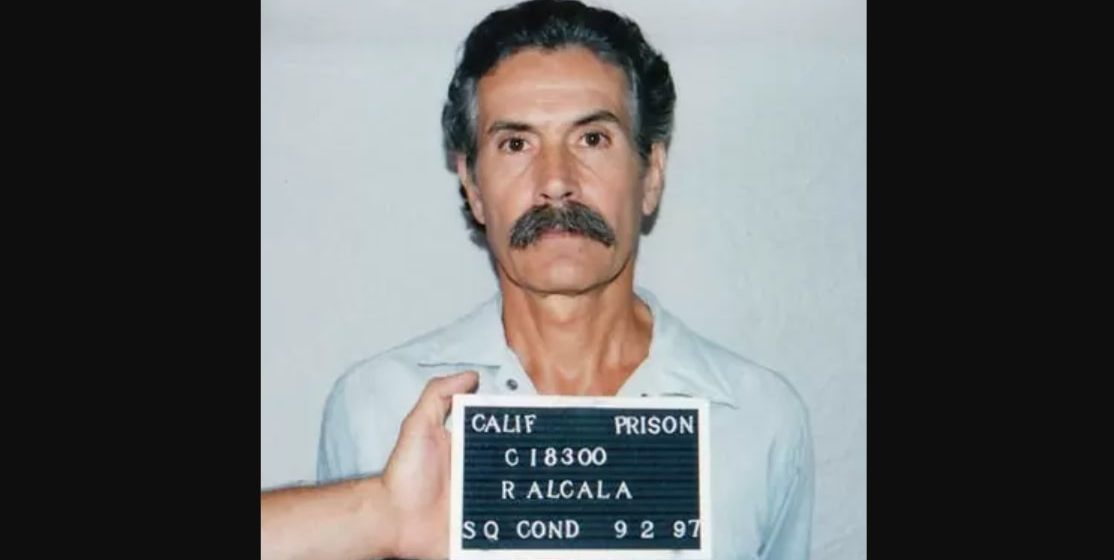Lifetime’s ‘If I Go Missing’ centers on Sloane, a young true crime enthusiast who takes her passion to the next level by creating her own “in case I vanish” kit complete with DNA samples, fingerprints, and photos. She even uses her social media to encourage others to do the same, believing preparedness is key. But things take a dark turn when a new neighbor, Elliot, moves in and raises Sloane’s suspicions. While her best friend Camilla dismisses her concerns as paranoia, the narrative shifts when the latter disappears without a trace. Determined to uncover the truth, Sloane embarks on a personal investigation. Directed by Stefan Brogren, the film maintains a chilling atmosphere throughout, blending teenage curiosity with psychological suspense. Its haunting tone and eerie pacing mirror the unsettling twists, making it both a cautionary tale and a compelling watch about intuition and friendship.
If I Go Missing Takes Inspiration From Real People as Well as Incidents
‘If I Go Missing’ may be fictional, but its premise echoes a troubling reality. With rising crime rates and numerous cases involving the abduction and murder of young women, the storyline feels unsettlingly plausible. Written by Andrea Shawcross, the film is not based on a specific true story, but it draws from patterns that have played out in real life. One particularly realistic element is the concept of an “in case I vanish” kit. It is something that has been popularized by true crime podcast host Ashley Flowers of ‘Crime Junkie.’ She has openly urged her listeners to prepare such kits and has even claimed to have one herself. This blending of caution, preparedness, and fear gives the movie a grounded tone and amplifies its relevance.

One other aspect of ‘If I Go Missing’ is its subtle but persistent focus on serial killers and the behavioral patterns they often follow. In the film, Sloane is instinctively wary of her new neighbor, Elliot. Her apprehension isn’t far-fetched because in real life, many serial killers have lived quietly among unsuspecting neighbors, using their regular appearances as a mask. One such example is Rodney Alcala, notoriously dubbed “The Dating Game Killer.” Alcala posed as a charming photographer and lived in residential areas while committing horrific crimes. He targeted young women and teenage girls, often luring them under the pretense of taking photos. Many of his victims, like 18-year-old Jill Barcomb, were living nearby or were in his immediate vicinity. His ability to blend in with his surroundings made him all the more dangerous.
The Movie Draws Attention to Potential Danger From People One Trusts
The case of Elizabeth Shoaf is a chilling reminder that harm can sometimes come from those who appear familiar or trustworthy. In 2006, 14-year-old Shoaf was abducted by Vinson Filyaw, a man posing as a police officer and her neighbor, who lured her into the woods near her home in Lugoff, South Carolina. He held her captive in an underground bunker for ten days. During her captivity, Shoaf was subjected to psychological manipulation and threats, but cleverly gained her captor’s trust and eventually persuaded him to let her use his phone, which she used to send a text message that led authorities to her location.

Filyaw had stocked the bunker with food, weapons, and supplies, suggesting premeditation, and had constructed booby traps in the area to avoid detection. He was ultimately sentenced to 421 years in prison after pleading guilty to kidnapping, assault, and multiple other charges. Emma Elle Paterson delivers an excellent performance as Sloane and anchors ‘If I Go Missing’ with an emotionally resonant presence. Her portrayal brings life to a character driven by instinct and intuition, and makes the viewers feel personally invested in the journey. While the film leans into a haunting atmosphere, it never loses sight of its larger message and serves as a cautionary tale about trust, awareness, and the quiet dangers that can lurk close to home.
Read More: Is Lifetime’s Little Girl in the Woods Based on a True Story?


